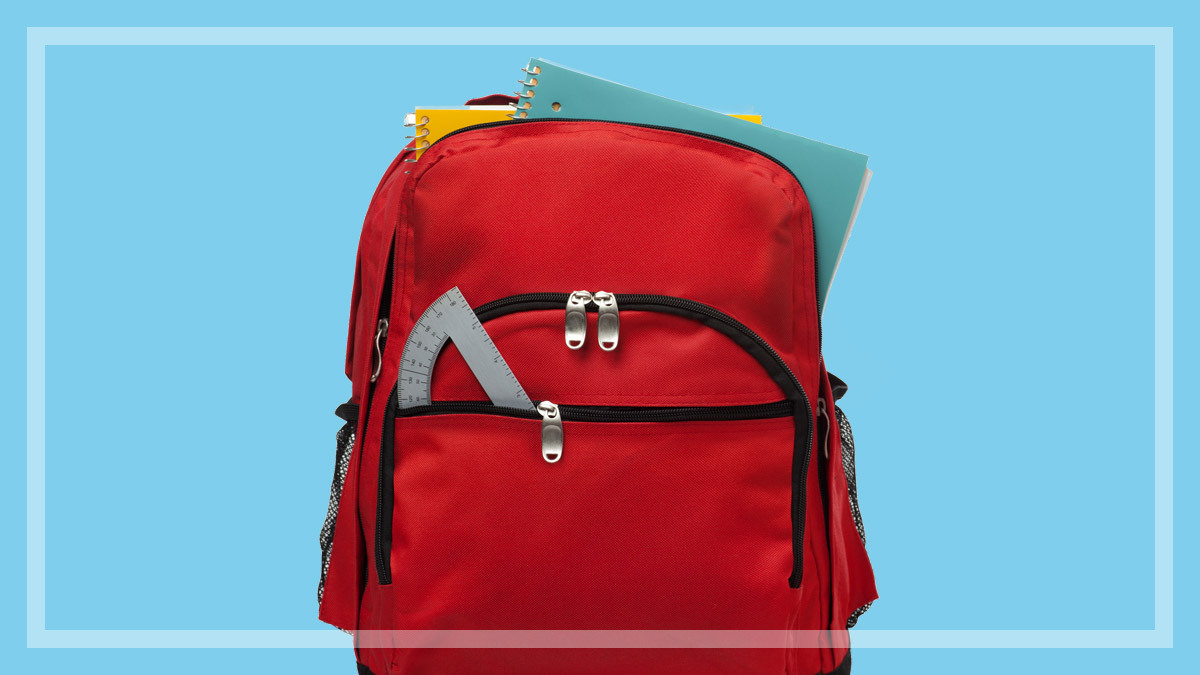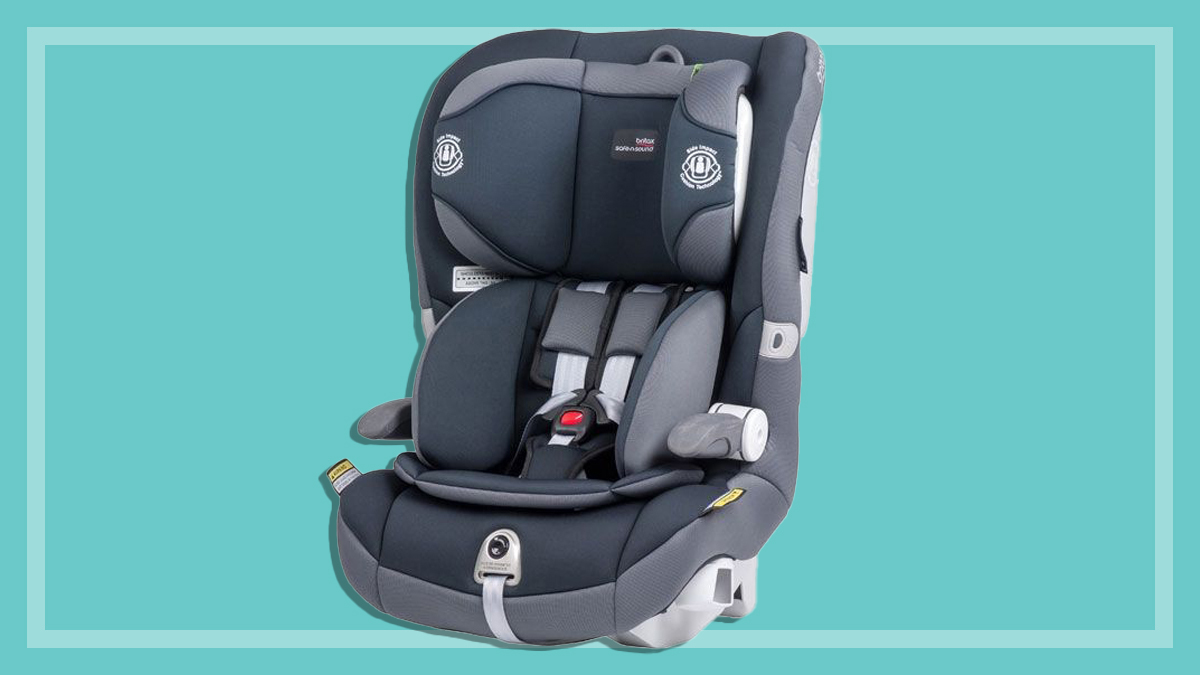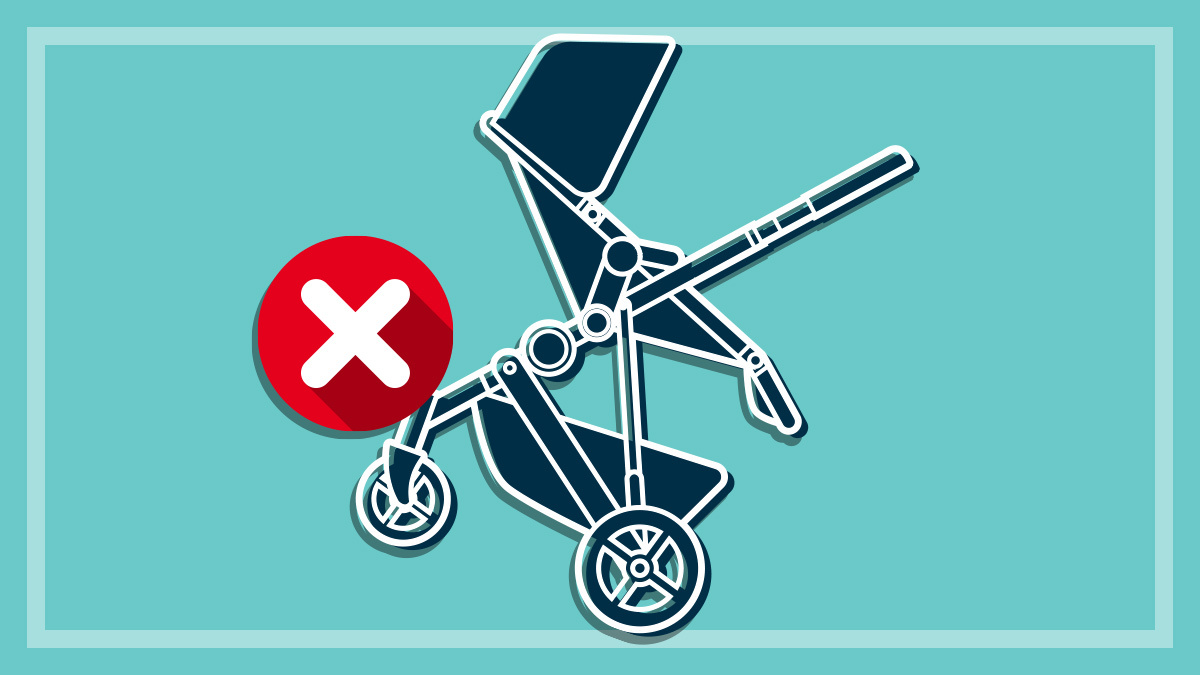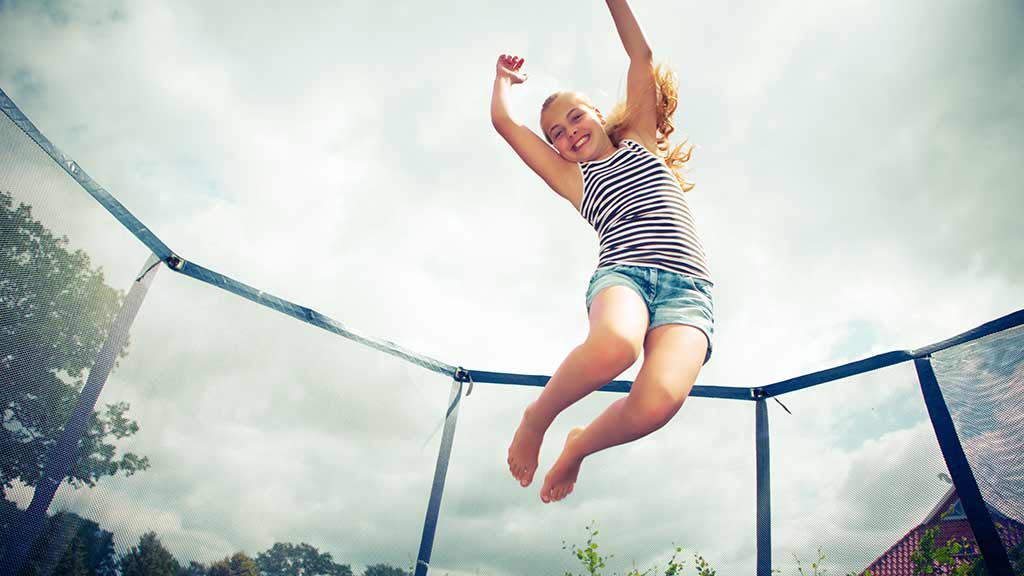Get our independent lab tests, expert reviews and honest advice.
How to buy the best school backpack for your child

For growing kids, guidelines recommend that a packed schoolbag should weigh no more than 10% of a child’s body weight.
On this page:
For a 40–50kg high school student, 10% of their body weight is 4 to 5kg. By the time you add in textbooks, laptop, notepads, a pencil case, lunchbox, water bottle, sports gear and project work, a measly five kilos is a tough limit to keep to.
A locker takes some of the load off once your young scholar arrives at school, but a good, versatile backpack is still a must-have.
What to look for in a school backpack
Size
A backpack shouldn’t extend past your child’s shoulders when they sit down with it, and it also shouldn’t be wider than their chest.
Construction
The bag needs to be sturdy and reasonably water-resistant (or have a rain cover). The material should be firm to prevent sagging. The base should be abrasive-resistant and/or reinforced.
Fit
- A moulded frame and/or an adjustable hip or waist strap will ensure most of the weight rests on the hips and pelvis, not on the shoulders and spine. The waist/hip belt is particularly important to secure the load when walking, running or cycling.
- Compression straps at the sides draw the load together and bring it close to the child’s back. They’ll also help stabilise the contents of a partially filled pack.
- Shoulder straps should be adjusted so the child doesn’t have to lean forward and the base of the pack rests on their hips, not on the bum.
Pockets
Several pockets or compartments inside the bag help you distribute weight evenly, and should also help your young student organise their things! A drink bottle holder on the side keeps any spills to the outside of the backpack.
What about wheels?
Some office workers with lots of documents have gone for a wheeled bag, similar to the carry-on bags used in air travel. But kids don’t commute like adults: they run around, use public transport and move from class to class throughout the day. They’d have to pull the bag over bumpy terrain, on grassed footpaths, lift and carry it on stairs or onto public transport – a backpack is better for the more mobile school kid.
How to pack a backpack
No matter how good a bag is, the child needs to carry it over both shoulders with good posture.
Before your child heads off in the morning, make sure they’ve packed their backpack properly. Items shouldn’t be able to bash around inside the bag; the heaviest ones should be packed closest to their back to reduce stress on the spine, with lighter items away from the back.
Encourage your kids to repack their bag daily, only take what they need that day, and make use of lockers at school, if available.
You should also get them to weigh their backpack occasionally to check that they’re not going over the ideal weight limit.
Do you have a choice?
Many schools don’t give you much of a choice: the backpack is part of the uniform. If you’d prefer your child to use a better bag than the official one, ask the appropriate body at the school to justify its choice of bag. Your suggestions might well be taken up in the future, or it might kindle debate on the topic – and in the meantime, they might agree to let your child use a better bag.
When schools don’t recommend a particular backpack, students may choose surf, sports or mountain/adventure brands. Some of the features of these backpacks are quite good – use the guide above to check it’s up to scratch.






